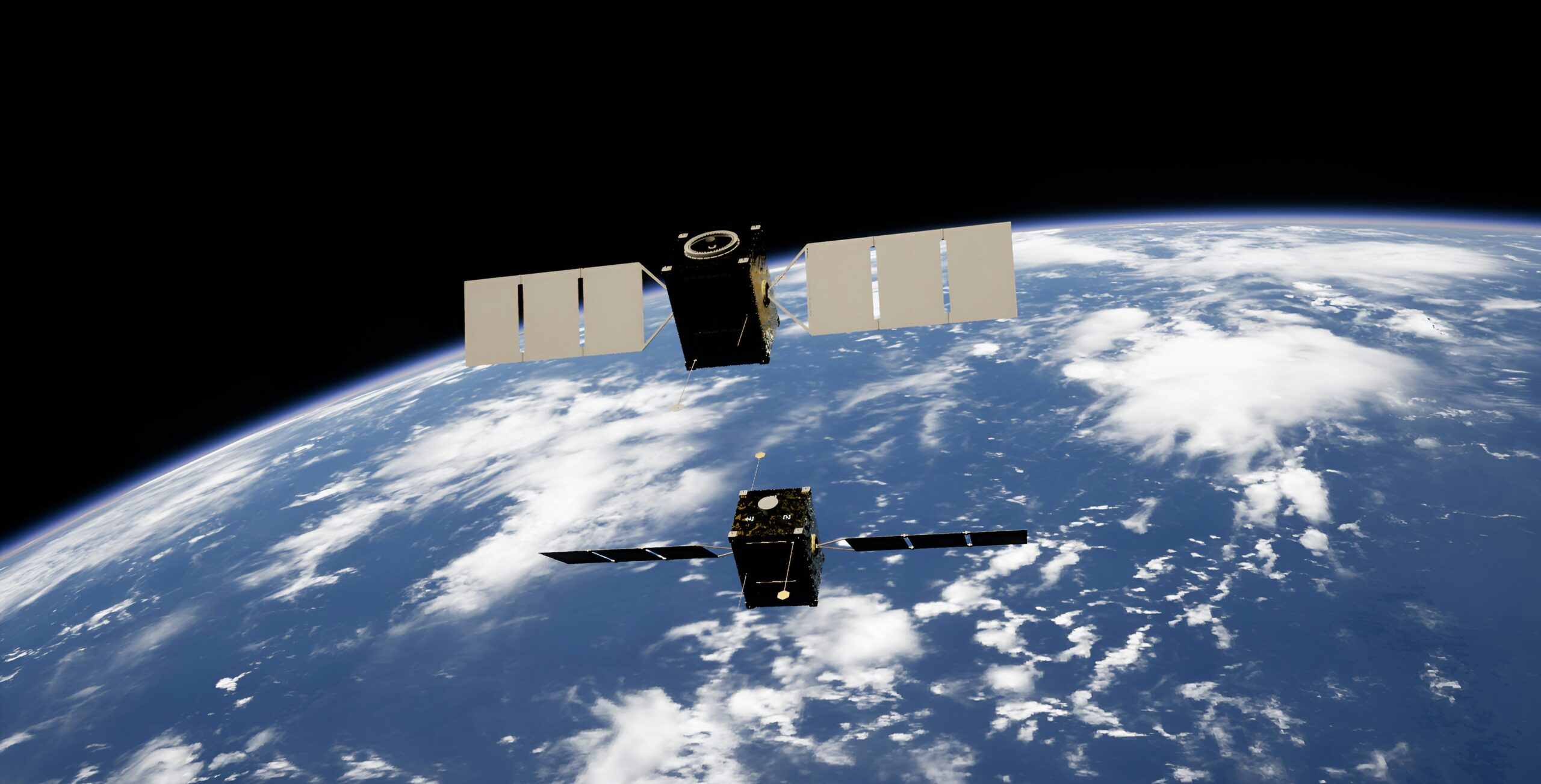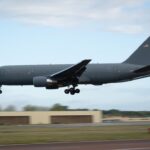The Missile Defense Agency (MDA) signed a new deal on 10 June 2025. It is an indefinite-delivery, indefinite-quantity contract worth up to $429 million with Integration Innovation Inc. (i3). The Huntsville firm must collect missile-test data, check its quality, and turn the results into clear reports for program leaders. The base period ends on 9 June 2030, with five option years that could extend work to 2035. A first task order for $100,000, drawn from fiscal-year 2025 R&D funds, has already started the effort.
Fourteen companies bid for the work. That is a large field for missile-defense support and shows growing interest from software-focused entrants. The government picked i3, an employee-owned mid-tier business, to broaden the supplier mix and lower costs. Defense officials confirm that price realism and schedule credibility outweighed corporate size during the source selection.
Integration Innovation Inc (i3) Expertise and Capabilities
i3 opened in 2007 and sold its hypersonics line to Lockheed Martin in 2020. The sale freed cash for cloud tools, cybersecurity, and data science. Today the company has about 1,400 cleared staff who work on cyber operations, electronic warfare, propulsion models, and systems engineering. Managers say employee ownership speeds decisions because profit shares link personal output to contract milestones.
The statement of work has four main jobs:
- Record sensor data from ground tests, captive-carry trials, and live launches.
- Clean and time-align that data in near real time.
- Fuse the results with threat models to spot performance gaps.
- Package the findings in plain language for commanders, range officers, and engineers.
The goal is a “closed digital thread” that ties planning, testing, and system updates into one loop. Past programs needed months to push lessons from the range to fielded units. The new process should deliver updates inside a single software cycle.
The award fits a broader push. MDA’s Advanced Capability Concepts call, released in May, asks for ideas that can leave the lab and reach soldiers within five years. Winning papers move straight to prototype deals, skipping paperwork that once slowed early milestones. Our analysis shows the i3 contract will supply the data backbone needed to judge those rapid prototypes.
Threats are moving faster. China and Russia now fly maneuvering glide vehicles above Mach 5, including Russia’s Avangard glide weapon reportedly reaching Mach 27. North Korea fires unexpected salvos with sharp flight changes. Iran mixes cheap drones with ballistic missiles to overload radars. Recent combat in Gaza showed how drone swarms can mask rocket attacks and strain intercept stocks.
U.S. Missile Defense Architecture and Sensor Data Challenges
Seven major elements make up today’s U.S. missile shield:
- Ground-Based Midcourse interceptors in Alaska and California
- Aegis destroyers with SM-3 and SM-6 missiles
- Aegis Ashore sites in Romania and Poland
- Terminal High Altitude Area Defense batteries on Guam and in the Gulf
- Patriot units upgraded with PAC-3 missiles
- Space-based infrared satellites and a planned glide-phase tracking layer
- Joint networks that connect sensors, shooters, and allies
Each piece records data in its own format. A key task for i3 is to translate these formats into a common, open schema. Interoperability at the data layer will let the system act as one defense instead of several separate parts, as highlighted in a recent Congressional report on hypersonic missile defense.
Cyber risk gets equal weight. Test articles now carry dummy malware to probe fire-control networks. i3 will merge cyber logs with flight telemetry so analysts can see if a software exploit slowed a radar track that later produced a miss. Treating malicious code as just another test variable should help teams fix problems before enemies can exploit them.
Congressional Support and Funding for Digital Engineering
Congress supports the shift. The FY-2025 National Defense Authorization Act directs MDA to widen its vendor pool for digital engineering. Lawmakers added $75 million to test-infrastructure accounts to ease start-up costs.
Schedules are tight. i3 must deliver a baseline data set within 90 days. Two flight tests are already on the calendar. Raw bytes will flow through an open-container pipeline. Automated checks will verify integrity, then analysts will compare predicted hit windows with actual intercept geometry. A follow-on delivery at month 6 adds a rehearsal sandbox that lets crews practice against millions of synthetic tracks.
Space sensors add another challenge. Tracking a glide body in low Earth orbit creates terabytes of imagery per pass. i3 must craft compression and edge-processing tools to keep that stream manageable. An early prototype is due in 2027.
AI Integration and Range Safety Oversight
Artificial-intelligence aids promise speed but need safeguards. Range safety officers keep final authority during live shots. Any AI engagement plan must leave an audit trail and pass an independent constraint checker before release.
Technical hurdles remain. Plasma sheaths can blind radar. Low-flying drones scatter energy below treetop level. Ballistic missiles deploy inflatable decoys. Representative targets that mimic these effects cost millions. Solid-propellant motors and rad-hard chips also rely on thin supply chains. i3 must map supplier data to the test calendar so bottlenecks do not idle costly ranges.
Allies are watching. Japan wants a glide-phase interceptor for its Aegis fleet by the early 2030s. European nations study upper-tier coverage after Russian strikes in Ukraine, and U.S. defense firms have outlined using NASAMS and THAAD for the “Golden Dome” concept. The standards built under this contract could become templates for foreign programs.
Risk management will be incremental. Monthly data slices come with confidence scores. Low-confidence findings trigger targeted reviews, and repeated misses can shift work to other IDIQ holders.
If the plan succeeds, the missile defense enterprise will evolve at the pace of enemy weapons. Sensors will plug in without bespoke code. Algorithms will learn from each flight and push tactics to the field through routine updates. Commanders will know if a battery can defeat a threat tonight, not rely on reports from last year.
The first option decision arrives in mid-2027. By then the “closed loop” must link planning, flight, data ingest, analysis, and field feedback inside one budget year. Success will unlock option funds and could spread the model to other programs.
REFERENCE SOURCES
- https://www.defense.gov/News/Contracts/Contract/Article/4212303/
- https://insidedefense.com/insider/mda-awards-429m-contract-evaluate-potential-breakthrough-missile-defense-tech
- https://www.govconwire.com/article/i3-429m-mda-contract-missile-defense-system-evaluation
- https://256today.com/i3-awarded-429m-missile-defense-agency-contract/
- https://bidbanana.thebidlab.com/bid/x20dcCGqtbvPrNnS1jxO
- https://news.usni.org/2025/05/20/report-to-congress-hypersonic-missile-defense
- https://www.atlanticcouncil.org/blogs/menasource/what-the-gaza-war-reveals-about-the-limitations-of-missile-defense/
- https://i3-corps.com/
- https://bidbanana.thebidlab.com/bid/tYCjLt7YfdG12Yf10OcO
- https://www.atlanticcouncil.org/
- https://www.frost.com/
- https://umd.edu/
- https://www.aljazeera.com/



